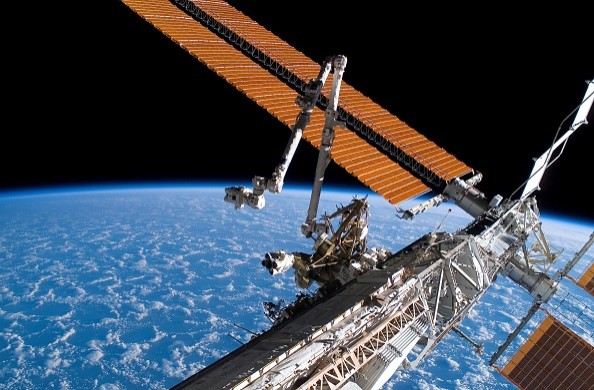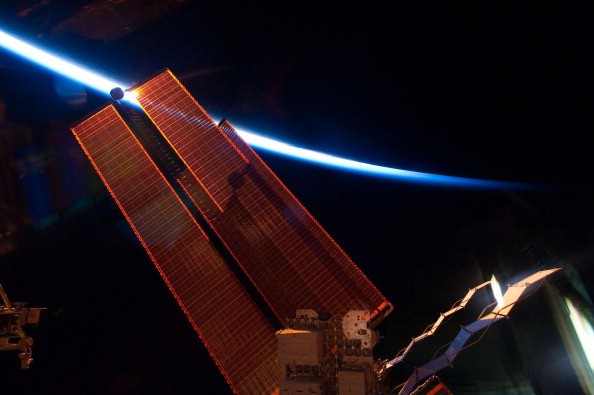Solar-based power cells' limitations are expected to be reduced by this new solar cell material.

Researchers at the University of Warwick decided to focus on the metal halide. Metal halides are compounds between metals and halogens.
For the past few years, space-based solar panels have used silicon as their main material.
Here's why experts want to replace silicon in space solar cells with metal halides.
Space-Based Solar Panels' Limitations Could be Reduced
According to Innovative News Network's latest report, the University of Warwick was granted over $2.6 million (£2.2 million) to study the new solar cell material.

The school's official press release said that the European Research Council (ERC) approved their five-year study to investigate the use of metal halides in solar cells.
The million-dollar grant will include the purchase of a 400 MHz solid-state NMR spectrometer, which will be used by researchers to observe the atomic-level structure of solar cells.
"This will address issues including stability and lifespan of metal halide perovskite compounds," the University of Warwick.
Metal Halides' Efficiency
University of Warwick's Department of Physics Assistant Professor Dr. Dominik Kubicki explained that using silicon in solar cells creates limitations.
This is because this material requires solar panels to be relatively thick. Silicons are also brittle and more vulnerable to cosmic radiation.
He explained that metal halides could overcome these limitations.
Because of this, Dr. Kubicki believes that the new solar cell material can diversify how solar energy is harvested on Earth and in outer space.
He said that they are excited to start their new study and hope that they could find efficient ways how to make metal halides more stable.
If you want to learn more about the metal halide, you can click this link.
Solar panels have come a long way, thanks to the efforts made by different scientists.
Previously, a new solar-powered boat that can turn into a camper on the water was developed.
We also reported that a paper-thin solar cell could generate power from any surface.
For more news updates about solar cells and other renewable energy innovations, keep your tabs open here at TechTimes.
Related Article : ESA Wants to Explore Wireless Gathering of Solar Power to Earth





